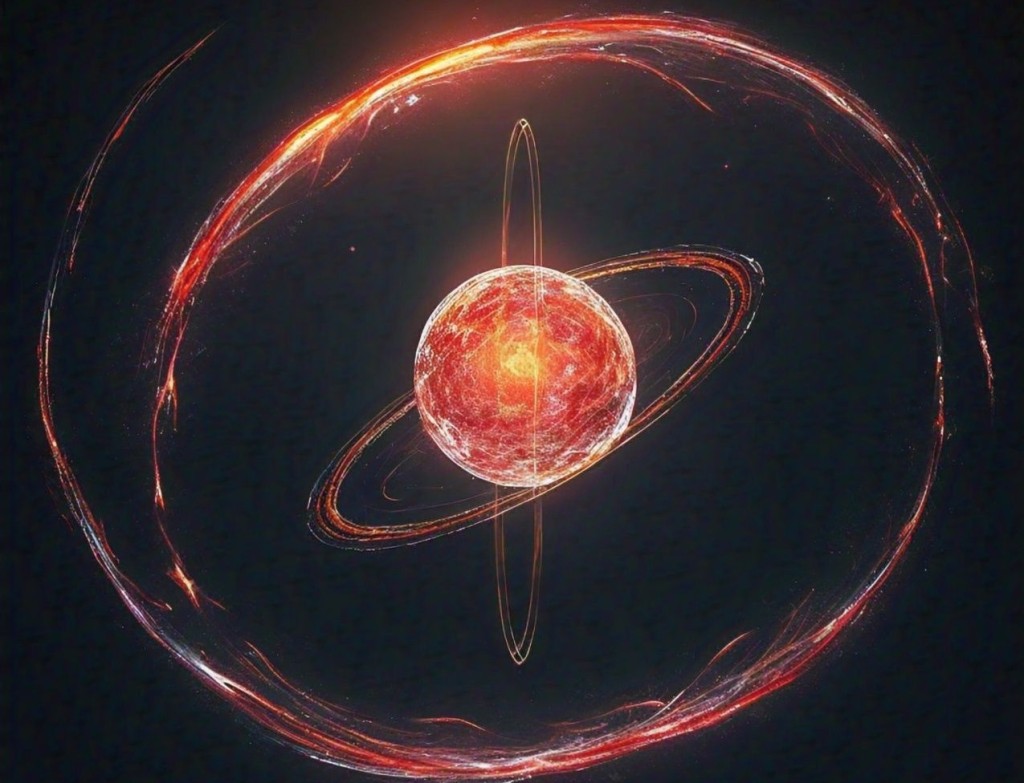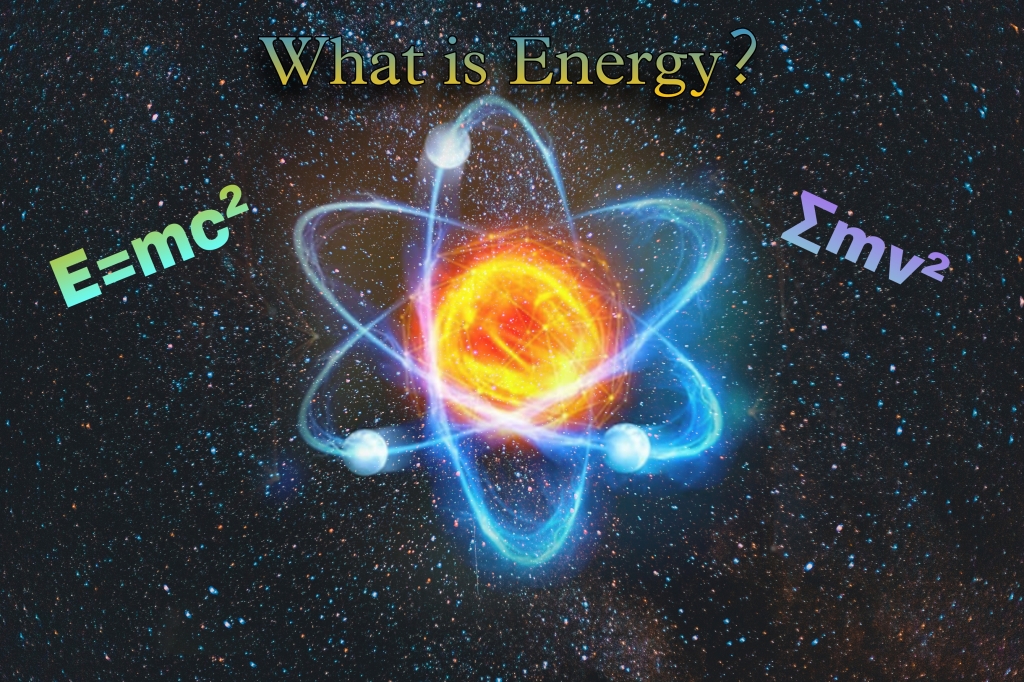A new era of rocketry :
In the previous article we explored the genesis of satellite technology and the rapid evolution of rocketry that marked this era of discovery,rivalry and the early inklings of space exploration to the groundbreaking launch of Sputnik 1 in 1957. We had traced the pivotal moments and technological leaps that led to the birth of the satellite era. As we delve into this historical journey, we saw how the interplay of political ambition and scientific ingenuity set the stage for a revolution that would forever change our view of the Earth and beyond.
The quest for the stars has long been a shared dream of humanity, a dream that took a tangible form with the development of rockets. This article delves into the fascinating history of rocketry, focusing on the pivotal contributions made by American and German engineers who turned the dreams of soaring beyond our planet into a reality.In the early 20th century, the field of rocketry saw significant advancements in both the United States and Germany. The American Interplanetary Society, inspired by German Rocket Society designs, embarked on ambitious projects to conquer the skies. Meanwhile, in Germany, Wernher von Braun emerged as a central figure, leading a team that developed the V-2 ballistic missile at Peenemünde, which later influenced space programs in the United States and the Soviet Union.
In the early 20th century, the field of rocketry saw significant advancements in both the United States and Germany. The American Interplanetary Society, inspired by German Rocket Society designs, embarked on ambitious projects to conquer the skies. Meanwhile, in Germany, Wernher von Braun emerged as a central figure, leading a team that developed the V-2 ballistic missile at Peenemünde, which later influenced space programs in the United States and the Soviet Union.This article will explore the early days of these rocket programs, the challenges faced, and the triumphs achieved. We will look at the technological innovations, the passionate individuals behind them, and the legacy they left, which continues to inspire our journey into space. Join us as we trace the trajectory of these early rockets, from their origins as weapons of war to their role in unlocking the mysteries of the cosmos.
This article will explore the early days of these rocket programs, the challenges faced, and the triumphs achieved. We will look at the technological innovations, the passionate individuals behind them, and the legacy they left, which continues to inspire our journey into space. Join us as we trace the trajectory of these early rockets, from their origins as weapons of war to their role in unlocking the mysteries of the cosmos.
The II generation rocket Redstone

“The Von Braun team is responsible for constructing a second-generation rocket known as the Redstone. This rocket is designed to transport a nuclear bomb up to 200 miles away. However, even as they work on this military weapon, Von Braun’s dreams of satellites and space exploration remain ever-present. Unfortunately, the Redstone lacks the capability to achieve the necessary minimum speed, known as orbital velocity, required for launching satellites.”
The practical difficulties of Redstone
In the 17th century, Sir Isaac Newton developed the concept of orbital velocity. Imagine a cannon firing a projectile from a mountaintop. As the cannon’s power increases, the cannonball travels faster and lands farther away. Eventually, the curvature of the Earth affects the point of landing. If the cannonball is propelled fast enough, it never lands at all. Instead, as it speeds away, gravity keeps it falling, resulting in an orbit around the Earth. The necessary speed to achieve orbital velocity is approximately 17,000 miles per hour.

“The Redstone rocket has a top speed of only 4,000 miles per hour , which is insufficient to reach orbital velocity. However, Von Braun’s ingenious plan involves adding additional stages—rockets stacked on top of the Redstone. Each stage fires sequentially: once the Redstone reaches its maximum speed, the second stage ignites, and then the third stage follows suit. By progressively adding speed with each stage, the top stage can ultimately achieve orbital velocity.”
Thought of the president

“While the Huntsville team diligently works on the Redstone rocket, Wernher von Braun not only champions his vision of an artificial satellite but also harbors grand dreams of space exploration. However, Von Braun is not alone in this vision. Unbeknownst to him, in the deepest secrecy, President Dwight Eisenhower and his national security advisors are also focused on satellites. But their purpose isn’t space exploration; it’s espionage against the Soviet Union. By early 1955, Eisenhower is determined to create a reconnaissance satellite. However, the Killion Report highlights a critical issue: the legal status of space remains undefined.”
International Geophysical year
“While national boundaries extend into the atmosphere, the critical question is how high terrestrial airspace reaches—a matter of utmost importance for Eisenhower’s spy satellite plan. His strategy involves placing a small satellite into orbit. In 1955, official policies were adopted to establish freedom of space. America would engage in scientific satellite exchanges, with Eisenhower emphasizing the peaceful purposes of the project. The National Security Council proposed achieving this through the International Geophysical Year, scheduled to run from 1957 through 1958. During this period, the concept of the International Geophysical Year was developed.”

“In July 1955, President Eisenhower announced that the US would launch a scientific satellite as part of the International Geophysical Year. Shortly thereafter, the Soviet Union also revealed plans to launch a scientific satellite during the same period. This was the summer of 1955, two years before Sputnik. Both the Soviets and Americans had declared their intentions for scientific satellites during the International Geophysical Year.
Thought of the first satellite of America
President Eisenhower had a space agenda, but he hadn’t yet disclosed who would build America’s first satellite and the rocket to launch it. One proposal came from Wernher von Braun and his Huntsville team. They submitted their proposal to the Jet Propulsion Lab (JPL) in California. JPL had expertise in Pioneer solid fuel rocket technology, which would be crucial for adding the necessary stages to the Redstone rocket to achieve orbital velocity. JPL was tasked with building the satellite and developing a tracking system to pinpoint its position in space, working in collaboration with the Huntsville team.
The competition for this endeavor was devised by a think tank affiliated with the US Navy—the Naval Research Lab. Determining the upper limit of terrestrial airspace would be critical for Eisenhower’s spy satellite plan. His strategy involved launching a small satellite. In 1955, official policies were adopted to establish freedom of space. America would engage in scientific satellite exchanges, emphasizing the peaceful purposes of the project. The National Security Council recommended achieving this through the International Geophysical Year, scheduled to run from 1957 through 1958. This period marked the development of the concept of the International Geophysical Year.”
This is the end of the part 4 . The next part will be released soon





Leave a comment